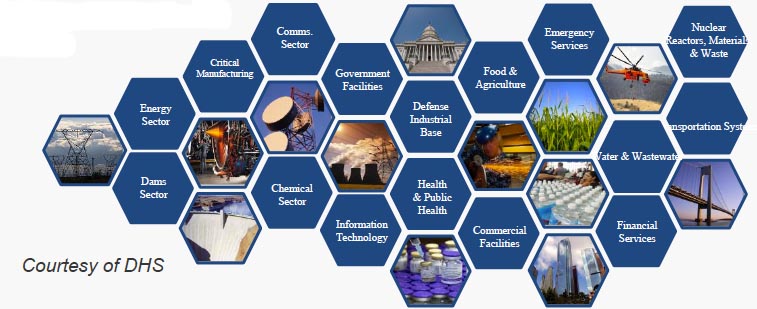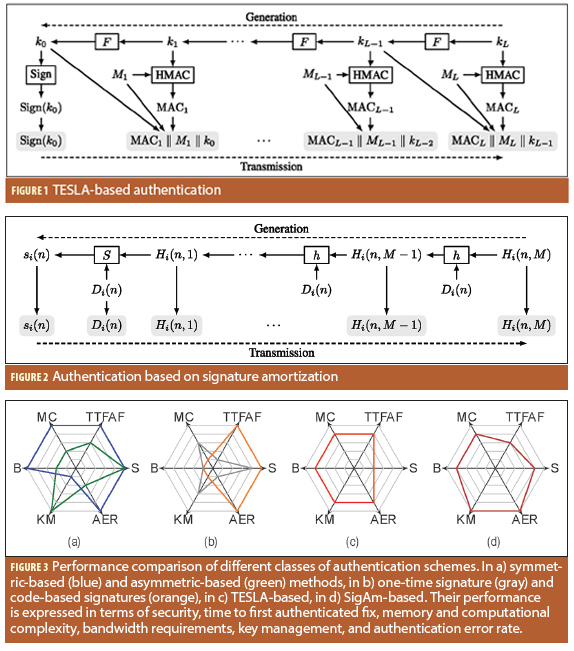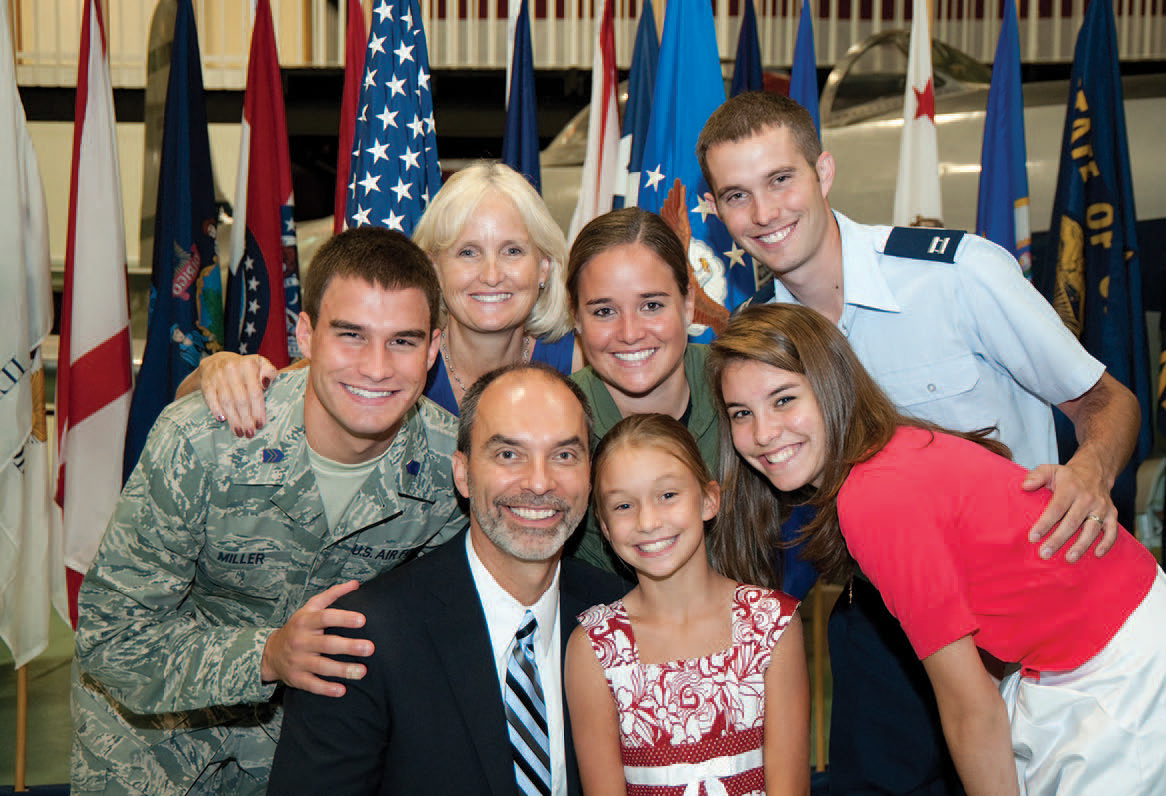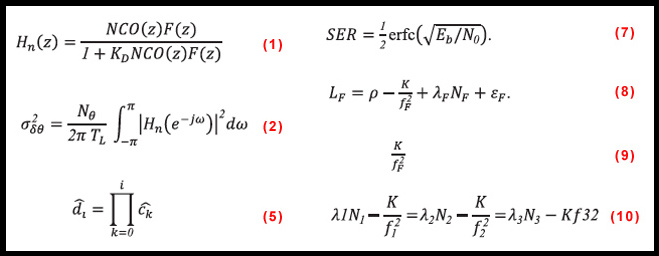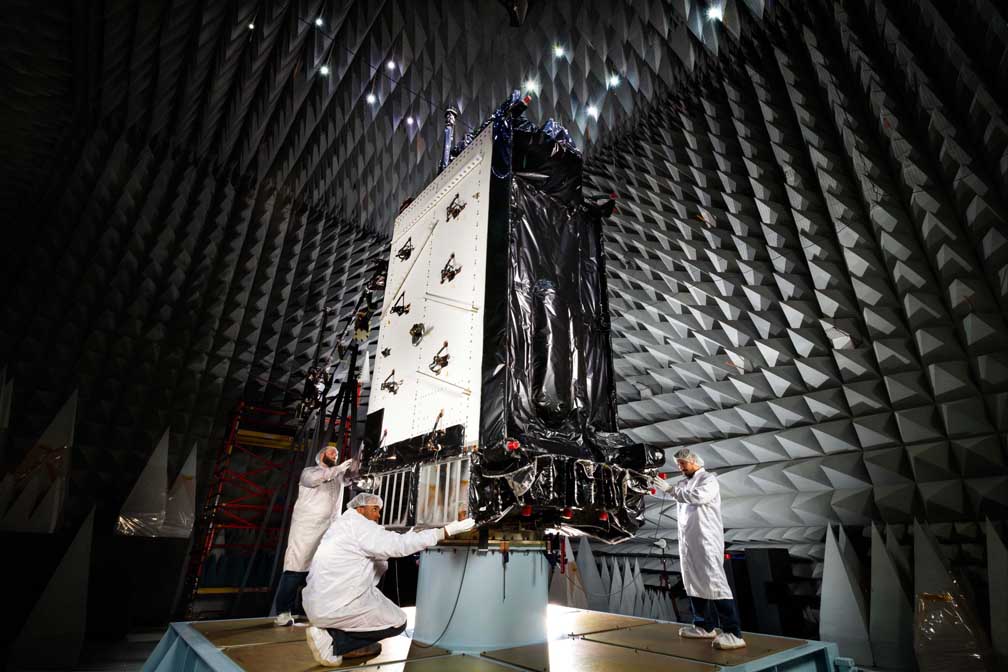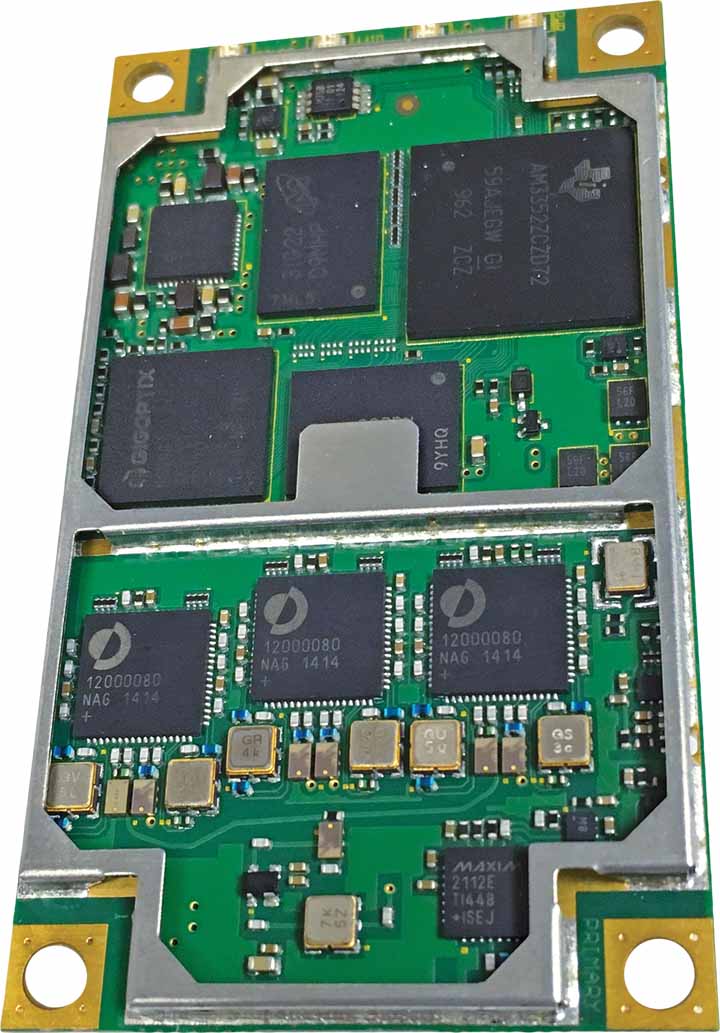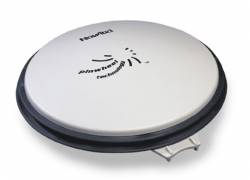DHS Continues to Test GNSS Timing for Critical Infrastructure
Because GPS and other GNSS are critical to the nation’s infrastructure, the U.S. Department of Homeland Security (DHS) is testing an augmentation system and developing new requirements to protect it, a DHS official told the U.S. Department of Transportations’s Civil GPS Service Interface Committee (CGSIC) meeting this week in Portland, Oregon.

